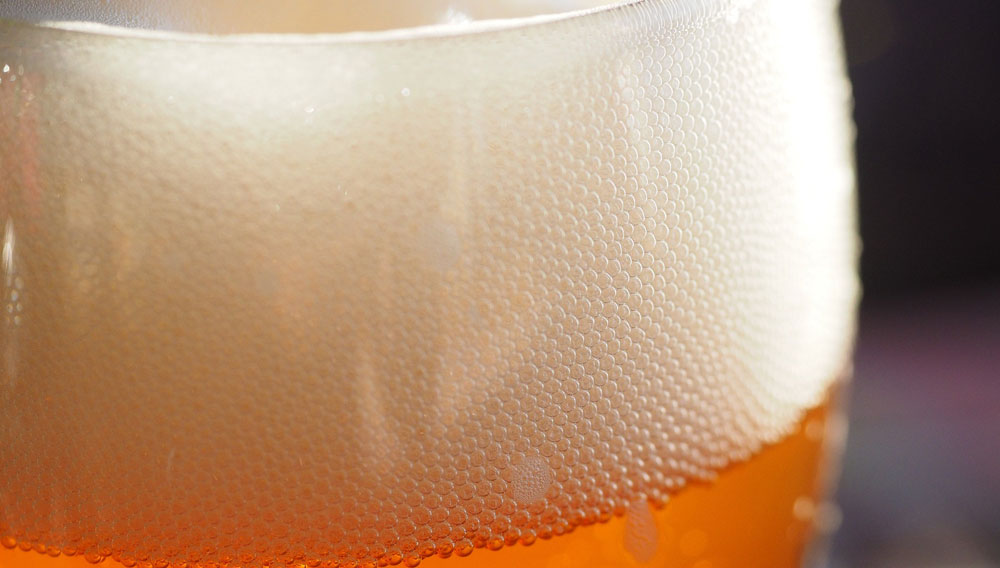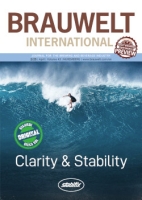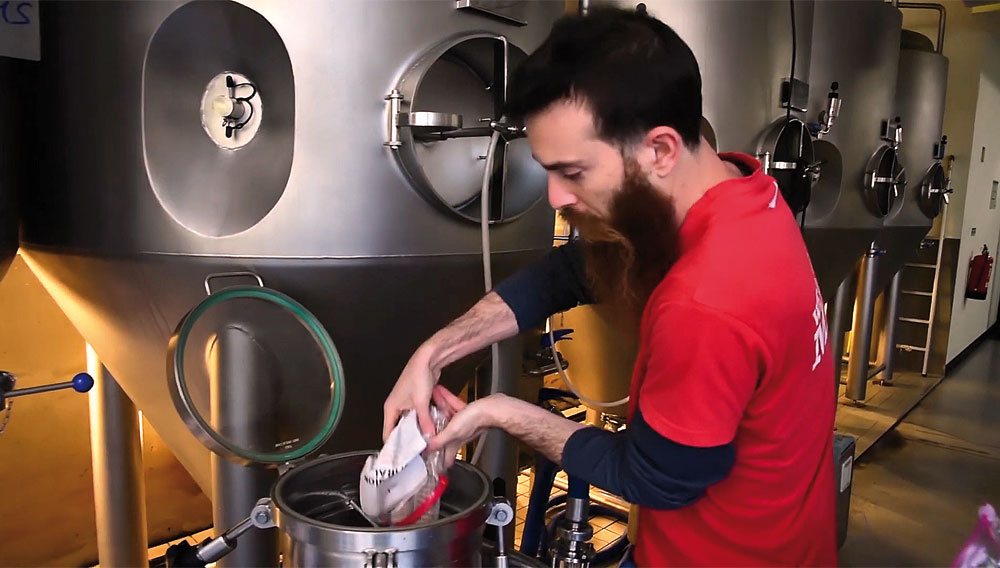
New barrel flavors | The Infusion Spiral® provides solutions for brewers in a variety of ways: Made from staves of wood in a unique cutting process and toasted if desired, it brings new barrel flavors but can also simply provide more body and balance, especially for nonalcoholic beers, while saving storage space, energy, time, and costs.
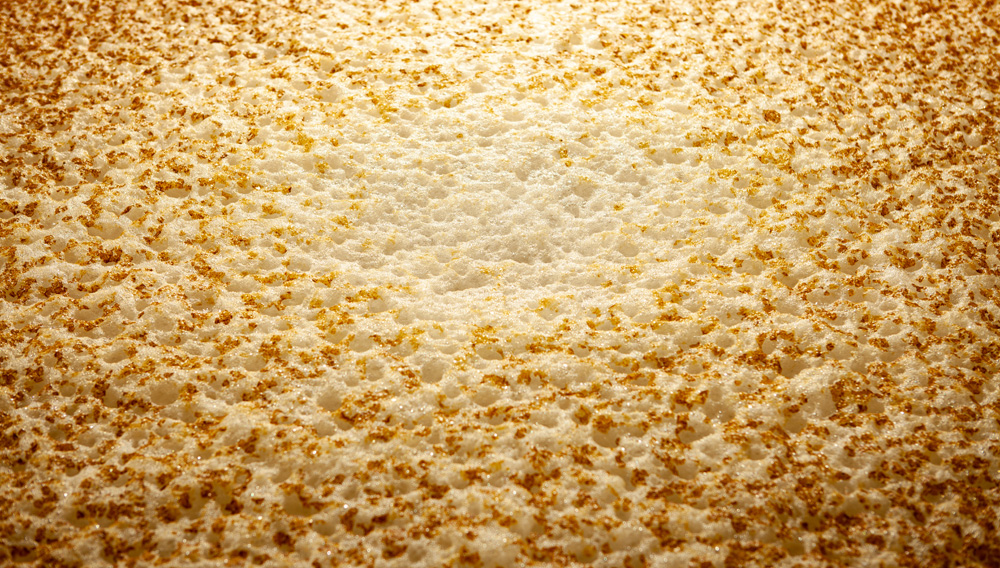
Unique experience | More often than not, breweries are now viewed as places for customers to have a unique culinary experience, one to be savored and enjoyed. For brewers around the world, this serves as strong motivation to showcase their production processes for their consumers. For this reason, some have devoted their efforts to rethinking the concept of open fermentation.
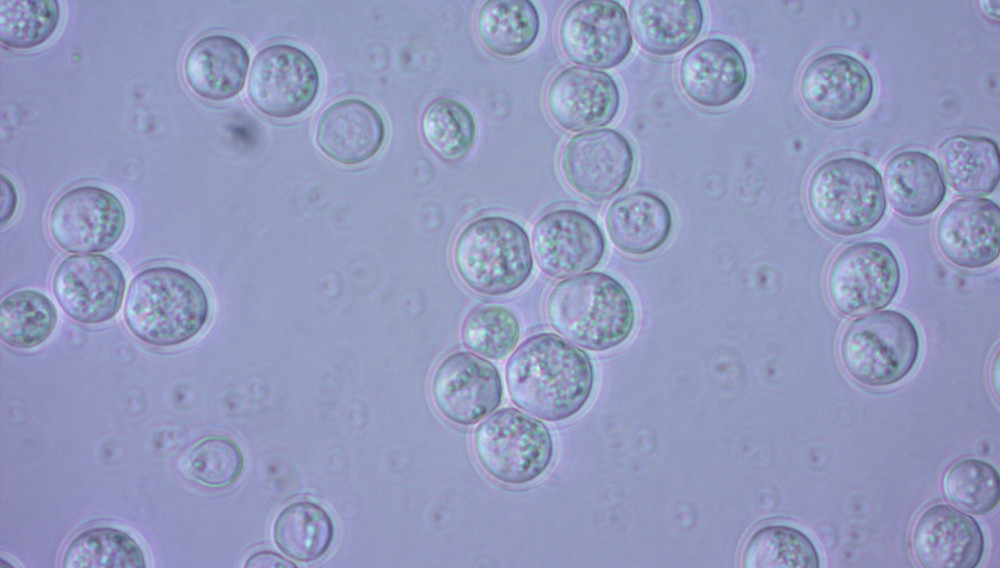
Higher flexibility | Consistent yeast propagations are a challenge in production environments with changing brewing schedules, downtimes, and delays. Propagation protocols that run based on a timer are not flexible. It requires additional external lab samples and labor to correct or adjust the propagation protocol. A solution is the use of inline sensors that provide accurate and reliable data to control and run the propagation according to the specifications. The Boston Beer Company (BBC) propagates various yeast strains with a “Pitch & Pull” strategy, where the propagators do not receive a CIP after multiple pitches until switching to another strain. Under these circumstances and after trialing multiple sensors, BBC successfully tested an extract sensor from Anton Paar that met all expectations and decided to move forward with the installation of these sensors for all BBC locations.

Yeast storage | The availability of a large amount of pitching yeast complying with the required viability and fermentation performance is an advantage during the time-critical run-up procedure after a brewery shutdown. This article describes the evaluation of pretreatment, storage conditions and re-activation technique of a lager yeast to conserve maximum viability and fermentation performance.

Use in beer production | Although several non-Saccharomyces yeasts have been examined for beer production, M. pulcherrima, which could be a potent alternative yeast, has not yet been tested. This article demonstrates the ability of commercial M. pulcherrima wine yeast to metabolise wort sugars and produce beer with desirable characteristics.
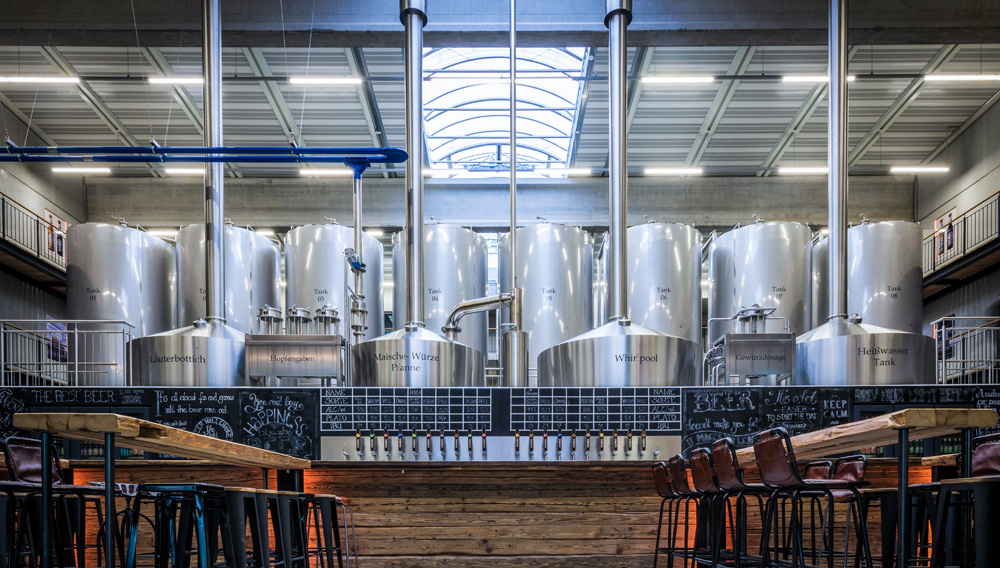
Further innovation | BrauKon GmbH, a globally renowned brewery equipment manufacturer, operates its own 50 hl brewery, Camba Bavaria, in Seeon, Bavaria, in addition to fabricating its own equipment. This combination of engineering and brewing under one roof is unique: 120 employees, 36 of them brewmasters and engineers, test and optimize all BrauKon products in the process of brewery operations. The equipment manufacturer, which claims to be the market leader in hop technology, has already launched the second generation of its successful cold hopping system, the “HopGun® 2.0”.
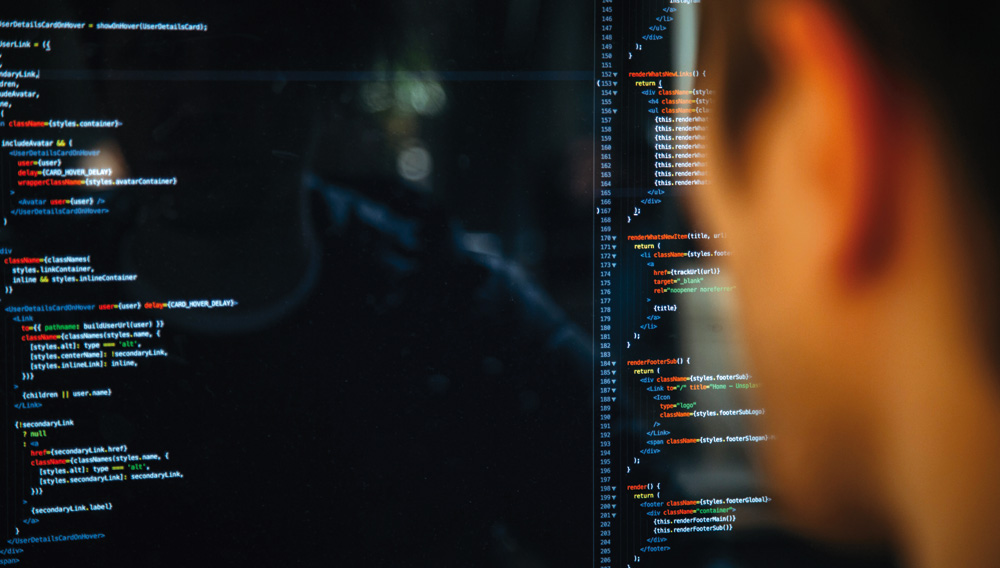
Data analysis | Increasing digitalisation makes it possible to collect and analyse copious amounts of data with multivariate cause-and-effect relationships. However, brewery operations face major challenges when attempting implementation on their own. This contribution presents findings and solution pattern from the research project “Data-driven Process Optimisation using Machine Learning in the Beverage Industry” (DaPro).

Beer-spoilage potential | In the food industry, lactic acid bacteria play a special role, they have become important both as beneficials and as spoilers. Lactic acid bacteria also have these two opposite characteristics in breweries.

Practical findings | Beer loss has always been one of the biggest challenges to breweries with regard to efficient beer production and maximisation of the beer sold. Especially when making hoppy craft beers, where dry hopping is often practiced, the beer yield is drastically reduced. Thanks to the latest practical findings from a long-term BrauKon trial, the amount of beer loss can now be significantly reduced by adjusting two characteristics in the cylindroconical vessel: essential here are a special surface finish and a defined cone angle.
Award ceremony | Dr Carsten Zufall, Cerveceria Polar, Venezuela, is the winner of the Ludwig-Narziß Prize for Brewing Science 2022. On the occasion of the 15th Trends in Brewing in Ghent at the beginning of April 2023, the research prize for the most practice-relevant publication of 2022 in the scientific magazine BrewingScience was awarded by Editor-in-Chief Dr Lydia Junkersfeld.
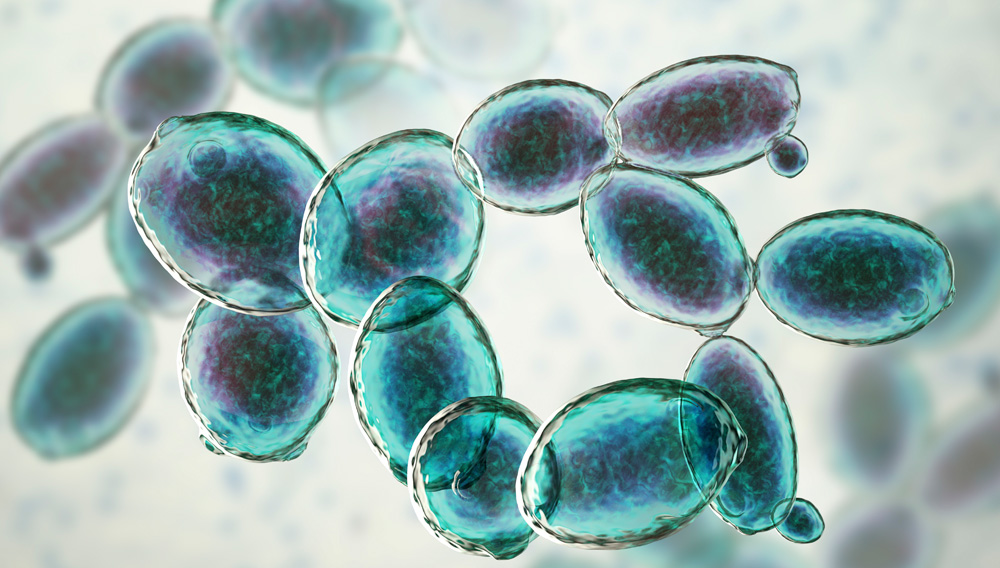
Vibrating sieve | Beck’s – the name is legend and the advertising campaign featuring the Alexander von Humboldt barque with its green sails cutting through the waves to “Sail away” familiar to many of us since 40 years. GEA project engineer Clemens Fries claims that this is “an inspiring environment in which to perform ‘minor open-heart surgery’.” Fries is namely responsible for the new special yeast sifting plant that’s now been integrated in Bremen as a fully-automatic process line.

